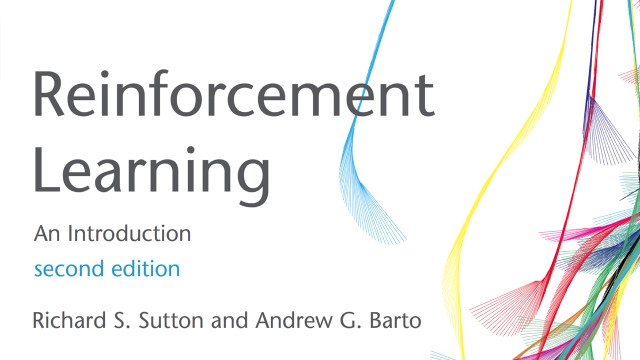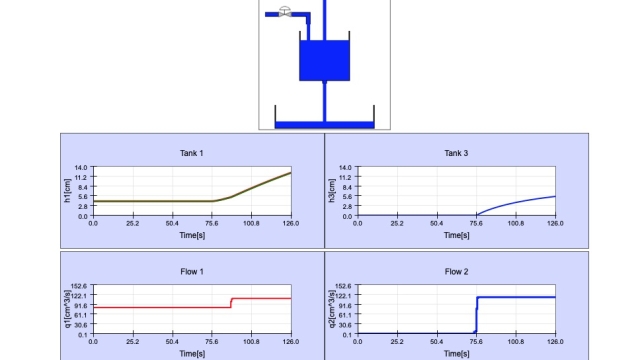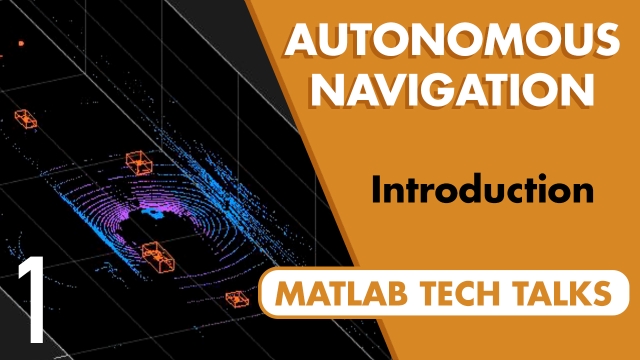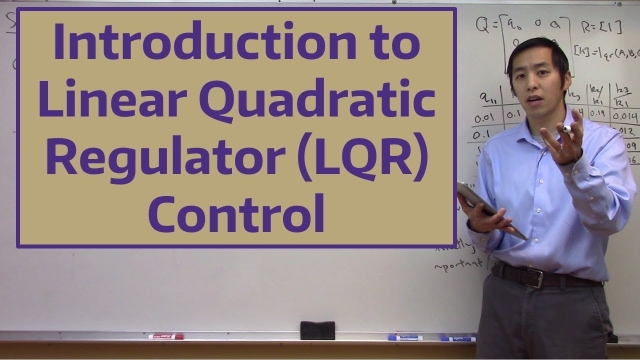
Discrete control #2: Discretize! Going from continuous to discrete domain
This is the second video in the discrete control series. It focuses on discretizing a continuous system - getting to the z-domain from the s-domain.
See MoreWhat's a Control System and Why Should I Care?
This paper is designed as a primer for college level STEM students about to take their first formal class in feedback control systems. This means that the explanations assume the reader has...
See MoreSystems Engineering, Part 5: Some Benefits of Model-Based Systems Engineerin...
Learn how model-based systems engineering (MBSE) can help you cut through the chaos of early systems development and get you from definition to execution more seamlessly.
You’ll hear the...
See MoreT-RECS System
The Transportable Rotorcraft Electronic Control System (T-RECS) is a collection of components that can be built into a rotorcraft demonstrator. This hardware can be used as a test bed to...
See MoreIntroduction to Classic Control Theory (Japanese)
A collection of video lectures by Yuki Nishimura covering an introduction to classic control theory.
See MoreWhat are Lead Lag Compensators? An Introduction.
This videos covers the very basic definition of what a lead/lag compensator is. Every control system engineer should have a basic understanding of lead/lag compensators since along with PID...
See MoreRadar Systems Engineering Lecture 4: The Radar Equation
This Free Radar Systems Engineering Course (video, audio and screen captured ppt slides) and separate pdf slides) has been developed as a first course in Radar Systems for first year...
See MoreKalman and Bayesian Filters in Python
Introductory text for Kalman and Bayesian filters. All code is written in Python, and the book itself is written using Juptyer Notebook so that you can run and modify the code in your...
See MoreExtremum Seeking Control
This lecture provides an overview of extremum-seeking control (ESC), which is an adaptive equation free method of controlling nonlinear systems. A sinusoidal perturbation is added to the...
See MoreENG 1718 - MODELAGEM DE SISTEMAS DINÂMICOS (Portuguese)
Vídeos do curso Modelagem de Sistemas Dinâmicos. Mais informações na página do curso: https://helonayala.github.io/teaching/2018-msd/
See MoreRobotic Car - How to read Gyro Datasheets (Part 1)
Have you ever been lost trying to understand the information in a gyro datasheet? This video should help! In this first part I go through the mechanical characteristics of a MEMS gyro and...
See MoreFeedback in the Squishy Stuff: Introducing Chemical and Biological Process ...
Feedback doesn’t just happen in robots and self-driving cars, but in the regulation of our very bodies and in the ways in which we transform raw ingredients into materials we can use, be...
See MoreIntroduction to Anomaly Detection for Engineers
Anomaly detection is the process of identifying events or patterns that differ from expected behavior. This is important for applications like predictive maintenance but can be hard to...
See MoreWhy Do Radars Chirp? | Pulse Waveform Basics
This tech talk covers how different pulse waveforms affect radar and sonar performance. See the difference between a rectangular pulse and a linear frequency modulated pulse, as well as...
See MoreRadar Angular Resolution
This radartutorial.eu page describes angular resolution. Radar angular resolution is the minimum distance between two equally large targets at the same range which radar is able to...
See MoreMATLAB Online
Use MATLAB and Simulink through your web browser. No downloads or installations. MATLAB® Online™ provides access to MATLAB and Simulink from any standard web browser wherever you have...
See MoreDSP Related
Website with a lot of good content for any DSP scientists, researchers, and developers.
See MorePole Placement for the Inverted Pendulum on a Cart [Control Bootcamp]
Here we use the 'place' command in Matlab to design full-state feedback gains to specify the eigenvalues of the closed-loop system. This is demonstrated on the inverted pendulum on a cart.
See MoreControl Bootcamp: Limitations on Robustness
This video describes some of the fundamental limitations of robustness, including time delays and right-half plane zeros.
See MoreReinforcement Learning: An Introduction
From the book introduction:
The idea that we learn by interacting with our environment is probably the first to occur to us when we think about the nature of learning. When an infant plays...
See MoreVirtual Lab for a Two-tanks system
This is a virtual lab for a two-tank system that can be used for modelling and control learing/teaching purposes. Open-loop tests and closed-loop simulatons based on PI control or PI plus...
See MoreAutonomous Navigation, Part 1: What is Autonomous Navigation?
Navigation is the ability to determine your location within an environment and to be able to figure out a path that will take you to a goal. This video provides an overview of how we get a...
See MoreSimulink Onramp
Learn the basics of how to create, edit, and simulate models in Simulink®. Use block diagrams to represent real-world systems and simulate components and algorithms.
See MoreControl Bootcamp: LQG Example in Matlab
This video combines the LQR and Kalman filter in Matlab on the example of an inverted pendulum on a cart. We stabilize the full nonlinear system with a measurement of a single variable (the...
See MoreIntroduction to Linear Quadratic Regulator (LQR) Control
In this video we introduce the linear quadratic regulator (LQR) controller. We show that an LQR controller is a full state feedback controller where the gain matrix K is computed by solving...
See More
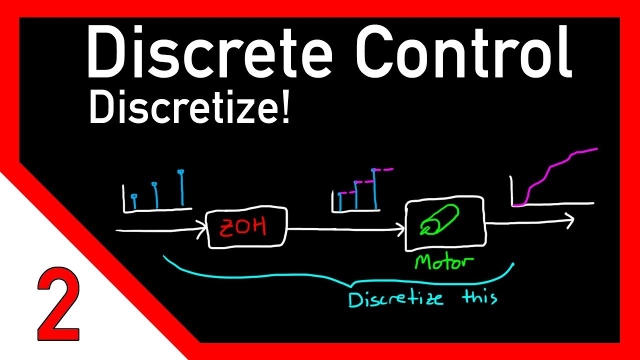
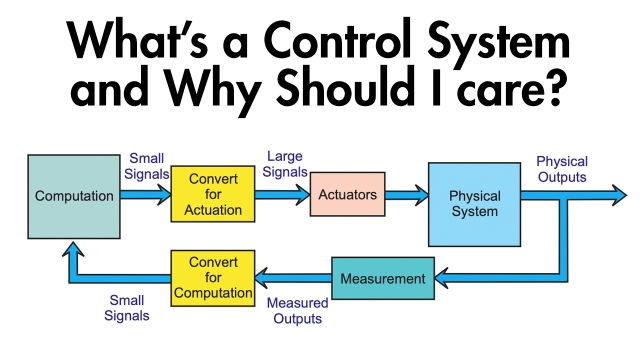
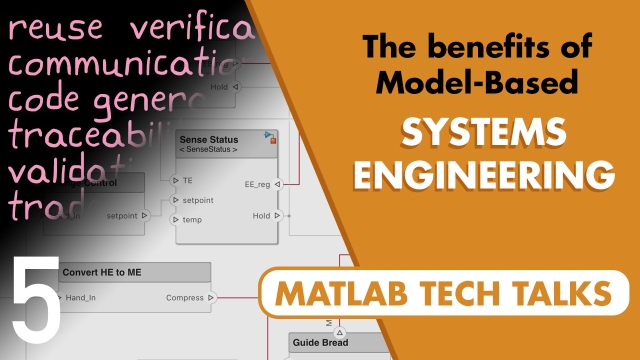
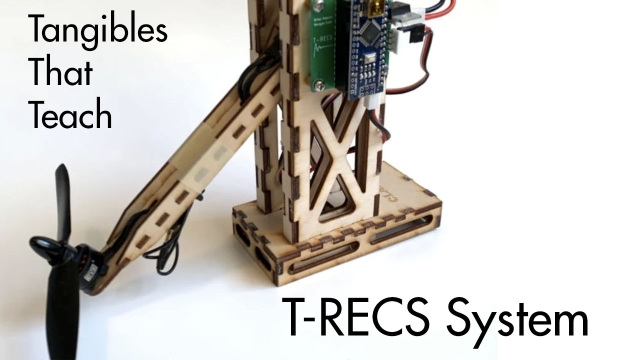
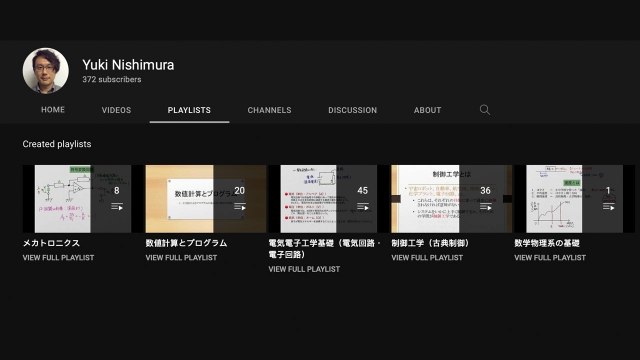
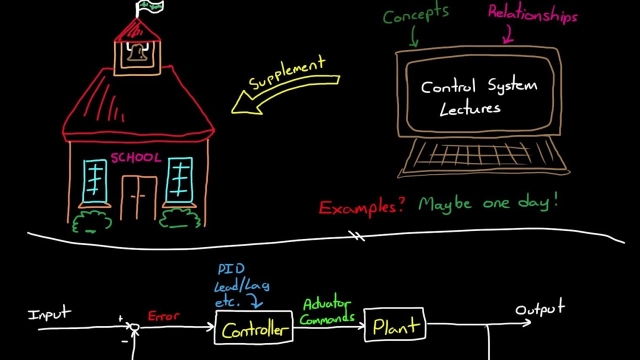

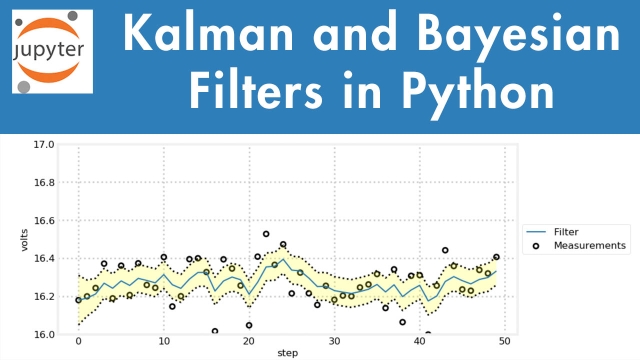
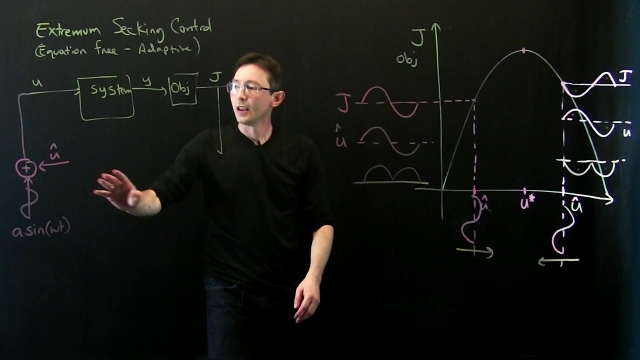
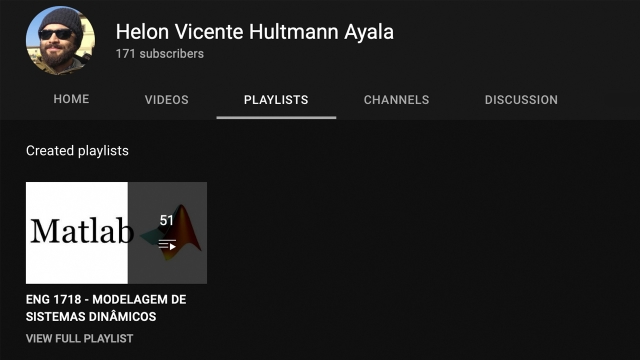
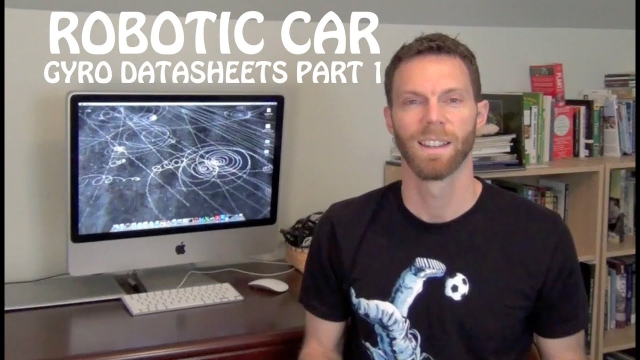

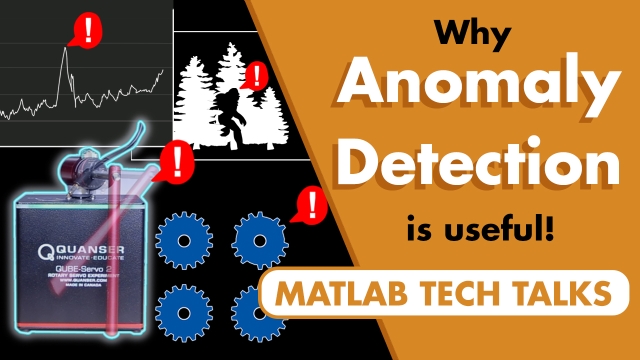
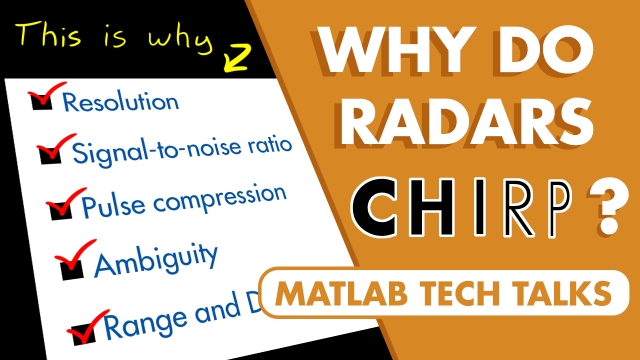
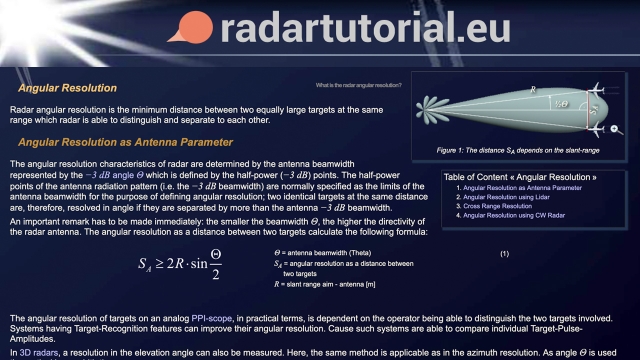
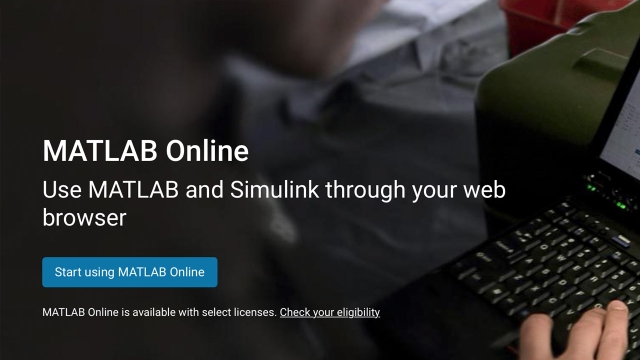
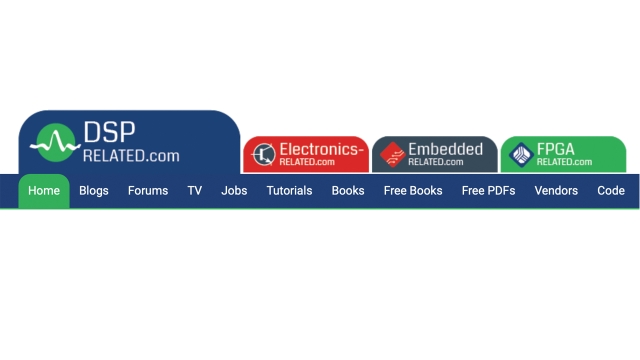
![Pole Placement for the Inverted Pendulum on a Cart [Control Bootcamp] Pole Placement for the Inverted Pendulum on a Cart [Control Bootcamp]](/sites/default/files/styles/search_resulkts/public/2020-12/maxresdefault_490.jpg?itok=qWteM4RS)

